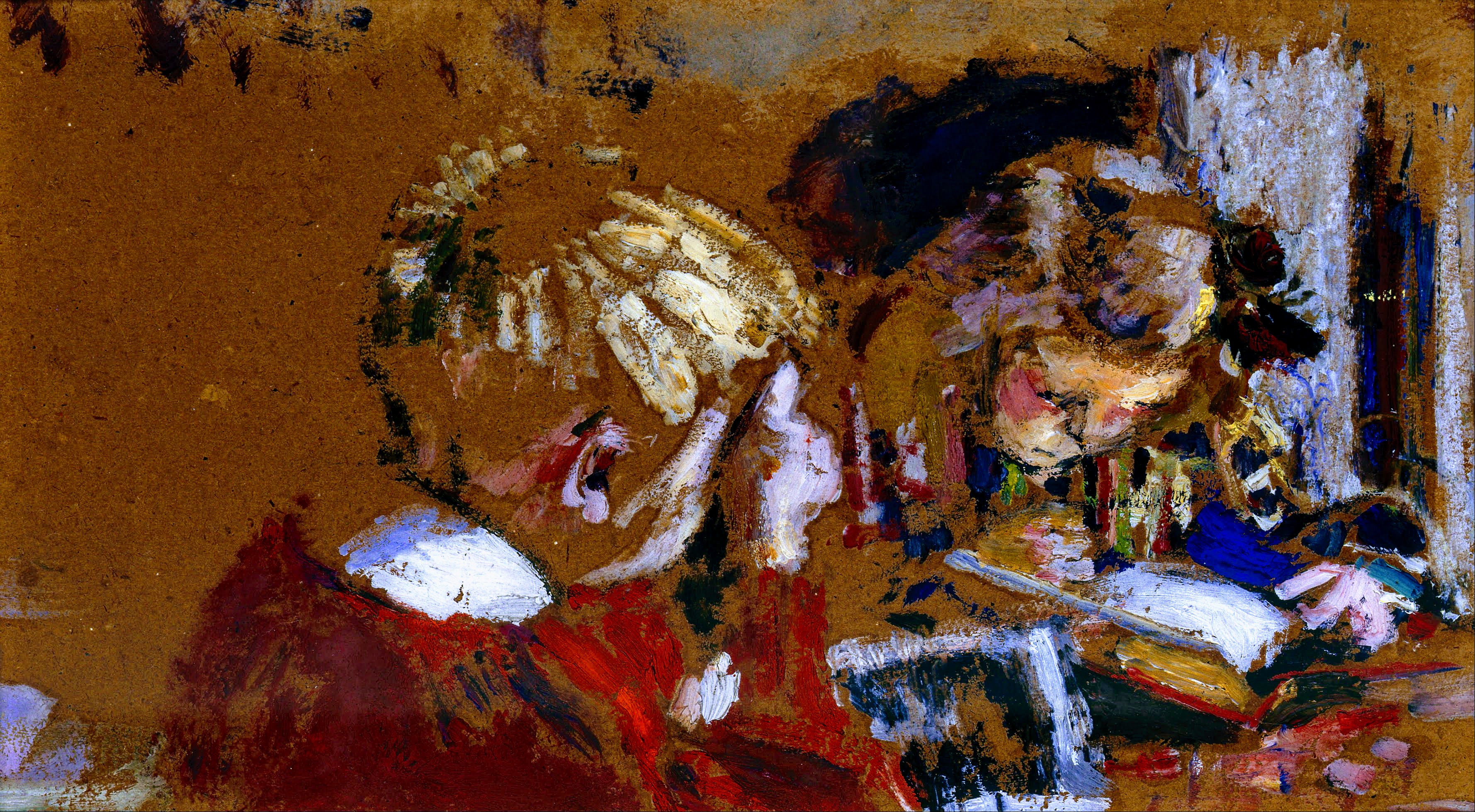According to cognitive scientist and speech-language pathologist Pamela Snow, parents are "buying a lottery ticket" when it comes to the reading instruction their child may get at school. While some children will pick up the subject quickly, about 60% of them will need direct and systematic teaching before being able to turn letters and sounds into words. One of the main reasons children struggle in learning to read is because many schools ignore scientific evidence on how a young brain learns this skill.
There are different approaches to teaching reading. This was the source of the famous "Reading Wars" between the "whole language" method - in which reading is a natural process by which kids can easily learn the skill with enough exposure to text and books - and "phonics instruction" - in which students are explicitly taught the connection between the combination of letters on a page and their associated sounds in the language.
From the 1990s, many schools tried to combine the two systems with a method called "balanced literacy," in search of synergy. But even if balanced literacy incorporates some phonics, it continues to encourage students to speculate, such as guessing the word based on the first letter, for example. The balanced literacy approach has been largely used for years, with little success to show for it. Recent national reading assessments in the USA show that only around 35% of third graders are reading proficiently. Clearly, it's not enough.
On the other side, the "structured literacy" method - often referred to as the "science of reading" - is based on more than three decades of scientific research. It holds that many kids won't pick up reading naturally and need to be explicitly taught how to connect printed letters and sounds through the fundamental process called "decoding." With structured literacy in the early grades, children spend a lot more time on phonics and sounding out words within the context of reading while simultaneously building vocabulary and basic knowledge.
Parents must know that children who get structured literacy at school (or at home) have a much bigger chance of learning to read well without delay. This method is used in expensive tutoring for struggling readers and children with learning disabilities but is efficient for all students. While some may be diagnosed with a learning disability, such as the oft-cited dyslexia, many kids have difficulties learning to read only because they are not taught according to the structured literacy method.
"More books does not make kids good readers. Instruction is how we make good readers," said Christie Andrews, executive director of Learning Matters in Nashville, Tennessee. So, isn't the best method to teach kids reading the one supported by a lot of scientific research?

Picture: Reading, by Édouard Vuillard (Google Art Project, Wikimedia Commons)



